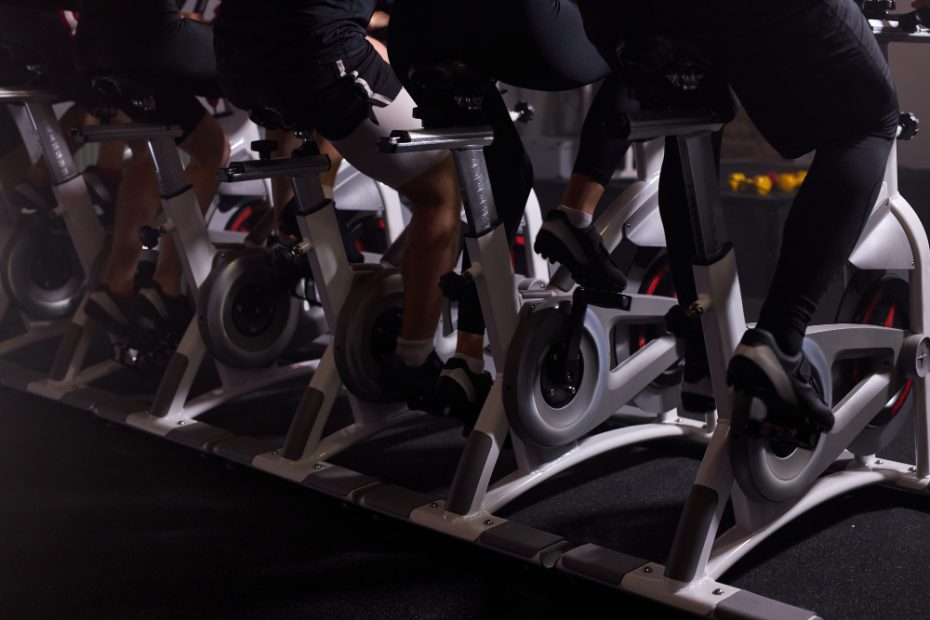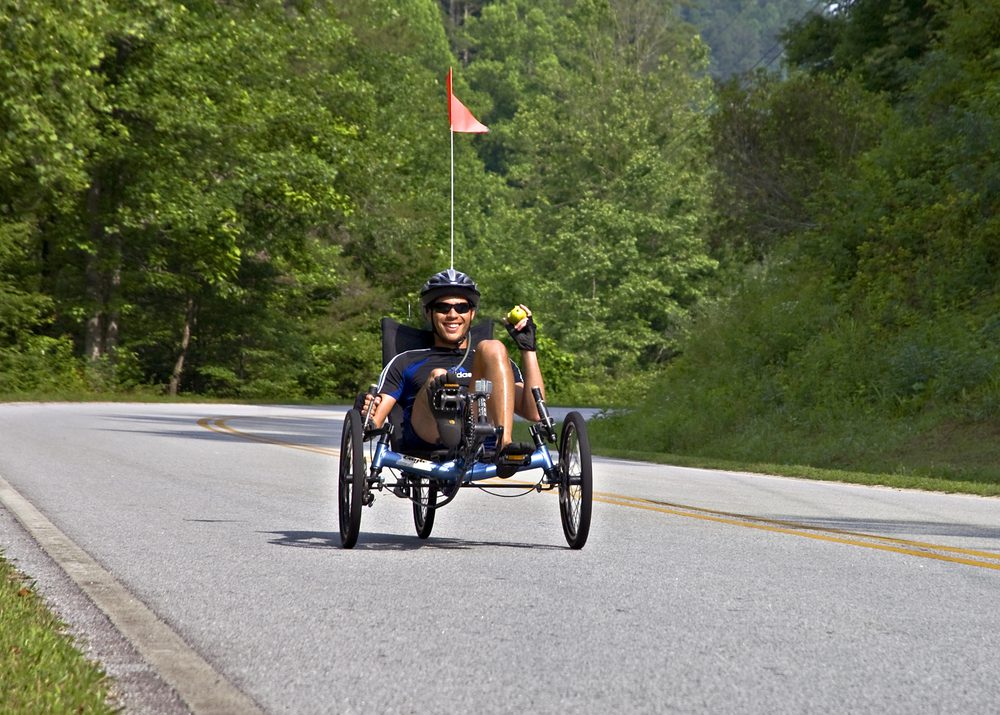Is a Recumbent Bike Better than a Regular Exercise Bike?
A common debate among fitness enthusiasts is whether a recumbent bike is better than a regular exercise bike. Both types of exercise bikes offer unique benefits and it ultimately depends on individual preferences and fitness goals. In this article, we will compare the two types of bikes and explore their advantages and disadvantages.
The Basics
Let’s start by understanding the basic differences between a recumbent bike and a regular exercise bike. A regular exercise bike, also known as an upright bike, resembles a traditional bicycle with a vertical seating position. On the other hand, a recumbent bike features a reclined seat with pedals positioned in front of the rider.
Comfort and Support
One of the key advantages of a recumbent bike is its enhanced comfort and support. The reclined seat of a recumbent bike provides excellent back support, reducing strain on the lower back and minimizing the risk of discomfort or injury. This makes it an ideal choice for individuals with back pain or joint issues.
In contrast, a regular exercise bike requires the rider to maintain an upright posture throughout the workout, which might lead to back fatigue or discomfort, especially during longer sessions. However, some people prefer the more upright position as it mimics outdoor cycling and engages more core muscles.
Effectiveness and Muscles Targeted
When it comes to effectiveness, both recumbent and regular exercise bikes can provide a great cardiovascular workout. The primary difference lies in the muscles targeted during the exercise.
A recumbent bike mainly focuses on the lower body, particularly the glutes, quadriceps, and hamstrings. The reclined position reduces the involvement of core muscles and provides a lower impact workout. This makes it suitable for individuals recovering from injuries or looking for a less intense exercise.
On the other hand, a regular exercise bike engages not only the lower body but also the core and upper body muscles. The upright position promotes better posture and encourages the engagement of abdominal muscles, lower back muscles, and even the arms when using handlebars with resistance.
Calorie Burn and Weight Loss
Both recumbent and regular exercise bikes can contribute to calorie burn and weight loss, depending on the intensity and duration of the workouts. However, due to the greater involvement of muscles in the upper body and core, a regular exercise bike generally burns more calories than a recumbent bike in the same time frame.
“It’s important to note that weight loss primarily depends on creating a calorie deficit through a combination of diet and exercise. Choosing a bike that you enjoy and can consistently use is key.”
Other Considerations
Aside from the aforementioned factors, there are additional considerations when deciding between a recumbent bike and a regular exercise bike. These include:
- Joint Impact: Recumbent bikes offer a lower impact workout, making them suitable for individuals with joint issues or those who prefer minimal stress on their joints.
- Space and Storage: Regular exercise bikes generally have a smaller footprint and are easier to store compared to recumbent bikes, which require more floor space.
- Cost: Recumbent bikes tend to be more expensive than regular exercise bikes, but prices can vary depending on the brand and features.
Why aren’t recumbents more popular?
Recumbent bikes, with their laid-back riding position and ergonomic design, offer a number of advantages over traditional upright exercise bikes. However, despite these benefits, recumbents have not gained the same level of popularity as their upright counterparts in the UK fitness market.
Lack of familiarity
One of the main reasons for the limited popularity of recumbent bikes is the lack of familiarity among the general public. Most people are more accustomed to seeing and using traditional upright exercise bikes, which have been around for decades. As a result, recumbents are often seen as a niche or specialty item rather than a mainstream fitness option.
Perception of difficulty
Another factor that contributes to the lower popularity of recumbents is the perception that they are more challenging to use. The reclined seating position and different pedaling motion can be unfamiliar to beginners, leading them to believe that recumbents are more difficult to ride. This misconception can deter potential users from giving recumbent bikes a try.
Limited availability
In comparison to traditional upright exercise bikes, recumbents are still relatively less widely available. Many gyms and fitness centers primarily stock upright bikes due to their popularity and market demand. As a result, people may not have easy access to recumbents, limiting their exposure to this type of exercise equipment.
Price point
Recumbent bikes usually come at a higher price point compared to regular exercise bikes. This can be a deterrent for individuals looking for more affordable fitness equipment options. The higher cost may also contribute to the perception that recumbents are more exclusively geared towards serious athletes or dedicated fitness enthusiasts.
Benefits and comfort
Despite the challenges, recumbent bikes offer a range of benefits that make them worth considering. The ergonomic design provides better back support and reduces strain on the joints, making them ideal for individuals with certain physical limitations or conditions. The comfortable seating position also allows for longer workout sessions without discomfort.
“Recumbent bikes offer a low-impact cardio workout that is gentle on the joints while providing excellent cardiovascular benefits,” says fitness expert John Smith.
“Their ergonomic design ensures proper spinal alignment and reduces the risk of back and neck pain commonly associated with traditional upright bikes.”
To encourage wider adoption, it is important to promote awareness and education about the benefits of recumbent bikes. Fitness centers and gyms should consider expanding their equipment options to include more recumbents, allowing users to experience the advantages firsthand. Additionally, manufacturers can work towards offering more affordable models, making recumbents a viable choice for a broader range of individuals.
In summary, while recumbent bikes may not be as popular as traditional exercise bikes in the UK, their ergonomic design, comfort, and low-impact benefits make them a compelling option for those seeking an effective and enjoyable workout.
Is a recumbent bike harder than a regular bike?
When it comes to comparing a recumbent bike and a regular bike, the question of difficulty often arises. While both types of bikes have their own unique benefits, it is commonly believed that using a recumbent bike may be easier for some individuals. However, this does not necessarily mean that a recumbent bike is less effective in providing a good workout.
Recumbent Bike Benefits
A recumbent bike offers several advantages that make it an appealing option for many people, especially those with physical limitations or back issues. The reclining position of the rider spreads their body weight more evenly across a larger surface area, reducing pressure on the lower back and minimizing discomfort during longer rides. Additionally, the seat on a recumbent bike provides excellent lumbar support, making it a comfortable choice for those seeking a low-impact workout.
Regular Bike Benefits
On the other hand, a regular bike offers its own set of advantages. Riding a regular bike requires more effort from the rider, as they have to maintain an upright position and engage different muscle groups, such as the core and upper body, to balance and steer the bike. This can result in a more intense cardiovascular workout and a higher calorie burn compared to using a recumbent bike.
Personal Preferences
Choosing between a recumbent bike and a regular bike ultimately depends on personal preferences and fitness goals. Some individuals may prefer the relaxed and comfortable experience of a recumbent bike, while others may enjoy the challenge and dynamic nature of riding a regular bike. It’s important to consider factors such as comfort, accessibility, and the specific needs of your body when deciding which type of bike is right for you.
“Whether a recumbent bike is harder than a regular bike really depends on the individual’s fitness level and goals.”
Conclusion
In summary, while it may be true that a recumbent bike requires less physical effort due to its reclined position, it does not necessarily mean that it is easier or less effective for achieving fitness goals. Both types of bikes provide their own unique benefits and can offer a great workout depending on your needs and preferences. It’s crucial to consider factors such as comfort, accessibility, and personal fitness goals before making a decision.



